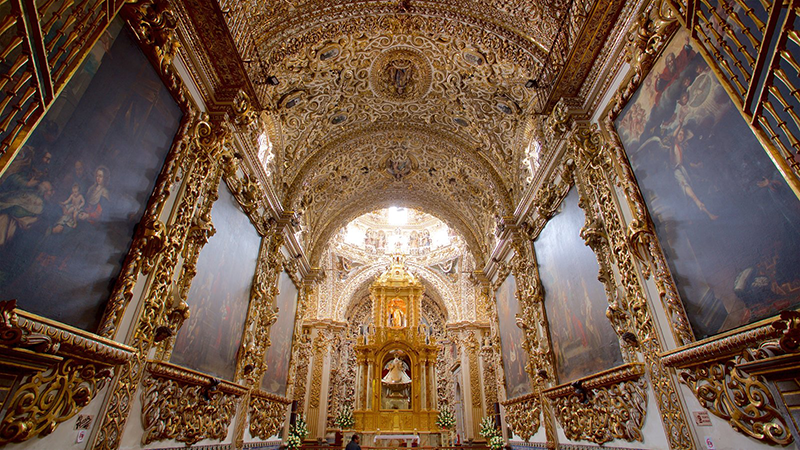The Global Baroque

The term "baroque" was first used to describe (and denigrate) the style of art produced in Italy beginning in the late sixteenth century. Now, for a growing number of art historians, the idea of the baroque is inseparable from the imposition of European power across the globe in the early modern period (c. 1500-1800). This process linked the output of artists in Rome, where many suggest the baroque originated, with countless other centers of production around the world in the seventeenth century, from Arequipa in Peru to Goa in India. A longstanding preoccupation with defining the stylistic parameters of the baroque—often linked with formal dynamism, affective stimulation, and fascination with the natural world—has now been reinvigorated by new lines of inquiry directed towards understanding its movement across oceans and cultures.
These questions will guide our looking, reading, and writing in this graduate seminar: why and where did baroque style travel in the period, and how was in mobilized? In what ways did imported artistic ideas entangle with local materials and traditions? In addition to investigating the historical factors which facilitated the dissemination of the baroque and the metamorphoses it underwent as it traveled, discussion will simultaneously engage with a series of questions related to the utility of the very terms used to label the class itself: what is the value of using the term "baroque" for historians of art and culture in the twenty-first century, and what does it really mean for something to be "global"?
In addition to preparing for each class meeting, participants will lead seminar discussions and produce a substantial final research paper.
Image: Rosary Chapel, Church of Santo Domingo, Puebla, Mexico, 1632-1690.